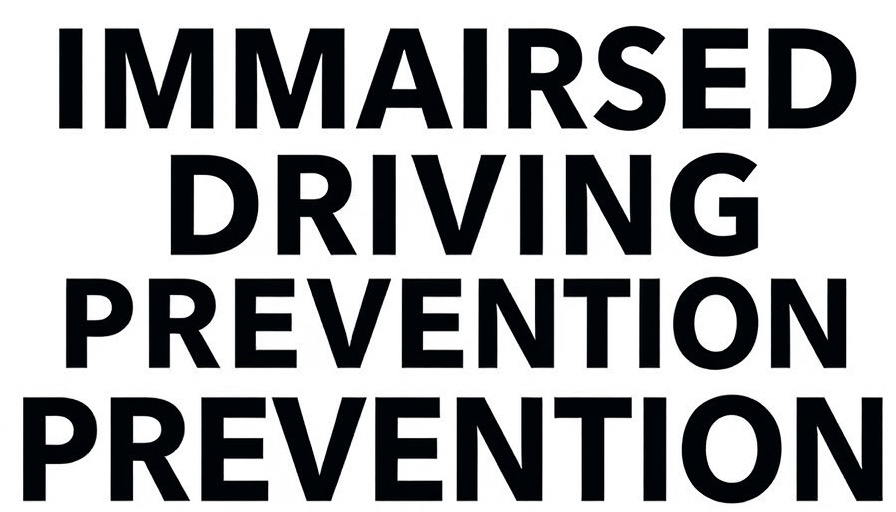
Understanding the Rise of Measles Cases
As global travel continues to increase, so too does the risk of infectious diseases, with measles being a concern that travelers must increasingly heed. In 2025 alone, the CDC reported 1,356 measles cases across 41 jurisdictions in the U.S., a notable spike from previous years. Arizona specifically has documented five cases, four of which were linked to travel. Such statistics highlight the necessity of being equipped with pertinent information before embarking on trips, ensuring the safety of not only oneself but also those around them.
Prepare Before You Jet Set: The Importance of Vaccination
Protecting yourself against measles starts well before you board a plane. The vaccination, known as MMR (measles, mumps, rubella), is the most effective shield against the disease. For maximum efficacy, it’s advised to receive two doses of the MMR vaccine, which boasts a 97% effectiveness rate. Health guidelines recommend being vaccinated at least two weeks prior to travel, allowing your body ample time to form a robust defense against potential exposure on your journey.
Stay Vigilant While Traveling
Traveling can expose individuals to contagious diseases, especially in crowded environments like airports or aboard airplanes. Measles is airborne and can persist in the vicinity even after the infected person has departed. To mitigate risk, keep up with personal hygiene, remain observant of your health and reactions, and avoid close contact with vulnerable individuals, particularly infants and those with compromised immune systems. Taking these precautions is essential for fostering a safer travel experience.
Post-Travel Symptom Monitoring
Once you return home, it’s crucial to monitor for any symptoms of measles for 21 days following travel. Potential signs include:
- Fever of 101°F or higher
- Red, watery eyes
- Cough or runny nose
- A red, blotchy rash that begins at the hairline and descends downwards
Bear in mind that measles can be contagious up to four days before the rash appears and four days afterward. Should symptoms arise, it's imperative to contact your healthcare provider prior to visiting them, allowing for the proper precautions to be implemented.
Arizona’s Response to Measles
In Arizona, health authorities are vigilant in monitoring measles cases and potential exposures. If you are informed about possible exposure—such as when traveling on a plane—the local health department will reach out to help verify your vaccination status and provide necessary guidance. They play a key role in protecting not just you but the wider community by ensuring that everyone is aware and prepared to take action against potential outbreaks.
Conclusion: Traveling Smart and Effectively
As you plan your upcoming travels, equip yourself with knowledge about measles and necessary precautions. The rise in cases poses a significant threat, but through vaccination and mindfulness, you can protect not only yourself but also those you encounter. Stay informed, take the necessary steps to ensure your health and safety on your journey, and encourage others to do the same. Safe travels!
 Add Row
Add Row  Add
Add 




Write A Comment